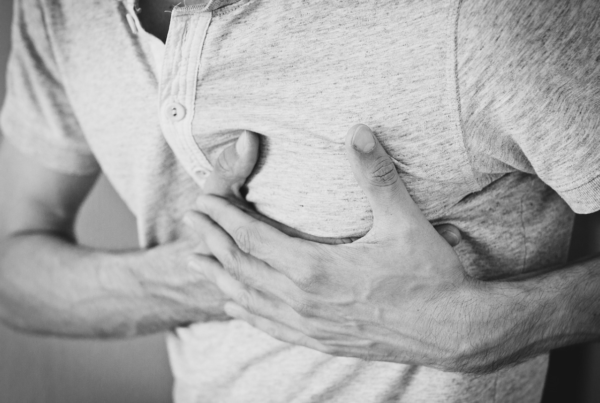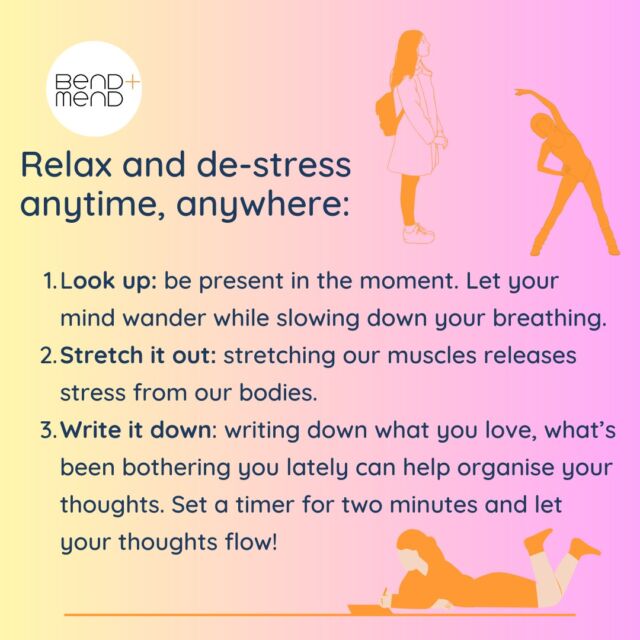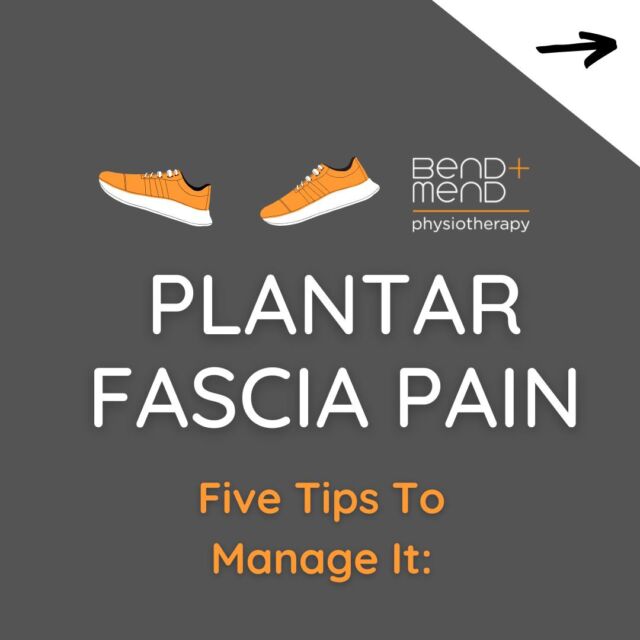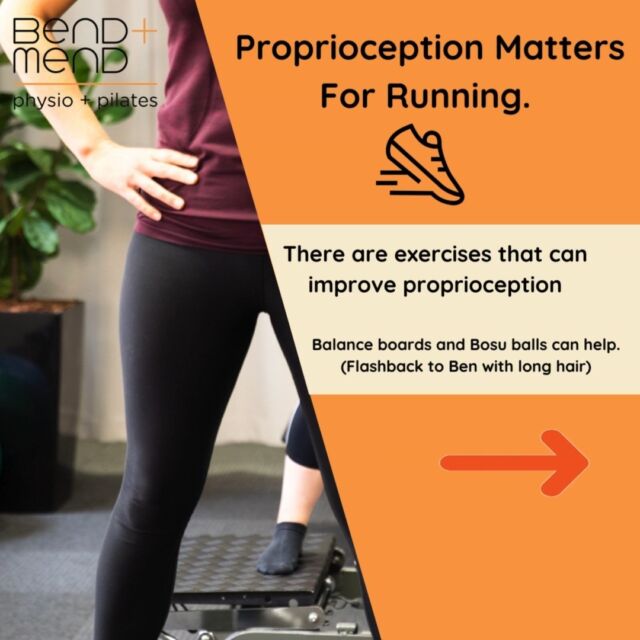What is Scoliosis?
- Scoliosis is an abnormal sideways curve of the spine.
- On an x-ray the spine can resemble as ’S’ or ‘C’, rather than a straight line.
- It is thought to affect between 2-3% of the population
- It has a higher incident rate in females
- more than 80% of scoliosis cases have an unknown cause
- There are 3 main types of Scoliosis are: Infantile, Juvenile and Adolescent Idiopathic Scoliosis
Infantile Scoliosis
- Usually develops before a child is 3 years old
- More common in males
- In 90% of cases they will spontaneously resolve
- Rare in Australia
Juvenile Scoliosis
- Develops between the ages of 3-10
- Females more commonly affected
- Also very rarely seen in Australia
Adolescent Idiopathic Scoliosis (AIS)
- The most common type of scoliosis.
- Females more commonly affected
- Usually develops during adolescence, and can become more noticeable during a growth spurt.
- Idiopathic is a medical term used to describe a condition that has an unknown cause.
- We do know it is not caused by ‘bad posture’, carrying a heavy school bag or watching too much TV!
- Genetics are thought to play a role
- Most cases are mild, involving small small curves in the spine that do not worsen. These small curves usually do not cause pain or other problems.
- In some cases the curve of the spine progressively worsens as the child grows over the years. This progression can lead to respiratory issues, back pain which may affect the ability to participate in daily activities. In this situation, depending on degree of the curve, the child may require a brace or surgery to prevent progression of the scoliosis. However, studies have shown that this is rare and does not reduce life expectancy.
Signs of scoliosis can include:
- Uneven musculature on one side of the spine
- Prominent rib or shoulder blade compared to the other side
- Uneven hips or arms
Scoliosis is identified during physical examination by a Doctor or Physiotherapist and confirmed with x-rays.
My “Take-away message”
It is my opinion that current studies may be underestimating the incidence of scoliosis. If you have been diagnosed with scoliosis in the past, it is important to know that most people who have scoliosis only suffer a very mild form, which is unlikely to be the cause of back pain. However, it may be a contributing factor to back pain. If you are experiencing back pain and believe scoliosis is contributing to this, consult your Physiotherapist at Bend + Mend in Sydney’s CBD for an assessment.
ps. Did you know Usain Bolt has scoliosis?







